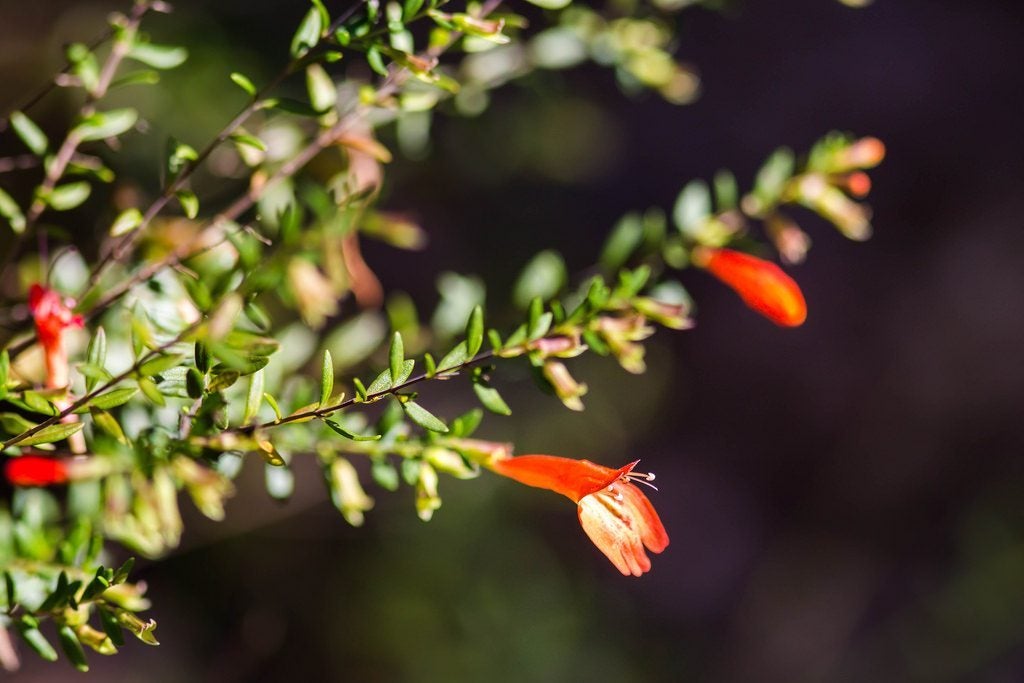Scarlet Calamint Care: Tips For Growing Red Mint Shrubs


Red mint shrub plant (Clinopodium coccineum) is a native perennial with many common names. It’s called scarlet wild basil, red savory, scarlet balm, and more commonly scarlet calamint. If you haven’t guessed, red mint shrub plant is in the mint family and bears deep red flowers. If you would like more information on how to grow scarlet calamint plants, read on.
Scarlet Calamint Information
The red mint shrub plant is a plant native to the southeastern United States. It grows wild in Georgia, Florida, Alabama, and Mississippi, among other states. Like most native plants, it pretty much fends for itself in your garden, and scarlet calamint care is minimal. If you are wondering how to grow scarlet calamint, you’ll want to understand how it grows in the wild. Its preferred habitat is poor soil, and the shrubs are often seen thriving in flat pine woods and along roadsides. The plant is a perennial, and it bears evergreen, opposite-leaved foliage. According to scarlet calamint information, the shrub’s leaves are mildly aromatic, which may be the basis of most of its common names it bears. Those growing red mint shrubs find that the plants bear their red or crimson flowers in a panicle. Each blossom has two stamens extending beyond the red corolla. The brilliant blooms peak in summer, but the shrub can continue to flower for a long time.
How to Grow Scarlet Calamint
Growing red mint shrubs is fairly simple as long as you install the plant in an appropriate site. Try to mimic its preferred environment in the wild. That way it won’t need much scarlet calamint care. Red mint shrub plants have wiry stems and opposite leaves. They grow to about 3 feet (91 cm.) tall and wide in the wild. In cooler zones, the plants can stay smaller. Plant them in sandy soil and give them water during dry periods until established. Once the plant establishes, scarlet calamint care is minimal. The shrub is small, but it has a big impact. It produces blossoms non-stop all summer and beyond and some call it a bloom-producing machine. An added benefit: those crimson flowers attract oodles of bloom hummingbirds.
Sign up for the Gardening Know How newsletter today and receive a free copy of our e-book "How to Grow Delicious Tomatoes".

Teo Spengler is a master gardener and a docent at the San Francisco Botanical Garden, where she hosts public tours. She has studied horticulture and written about nature, trees, plants, and gardening for more than two decades, following a career as an attorney and legal writer. Her extended family includes some 30 houseplants and hundreds of outdoor plants, including 250 trees, which are her main passion. Spengler currently splits her life between San Francisco and the French Basque Country, though she was raised in Alaska, giving her experience of gardening in a range of climates.